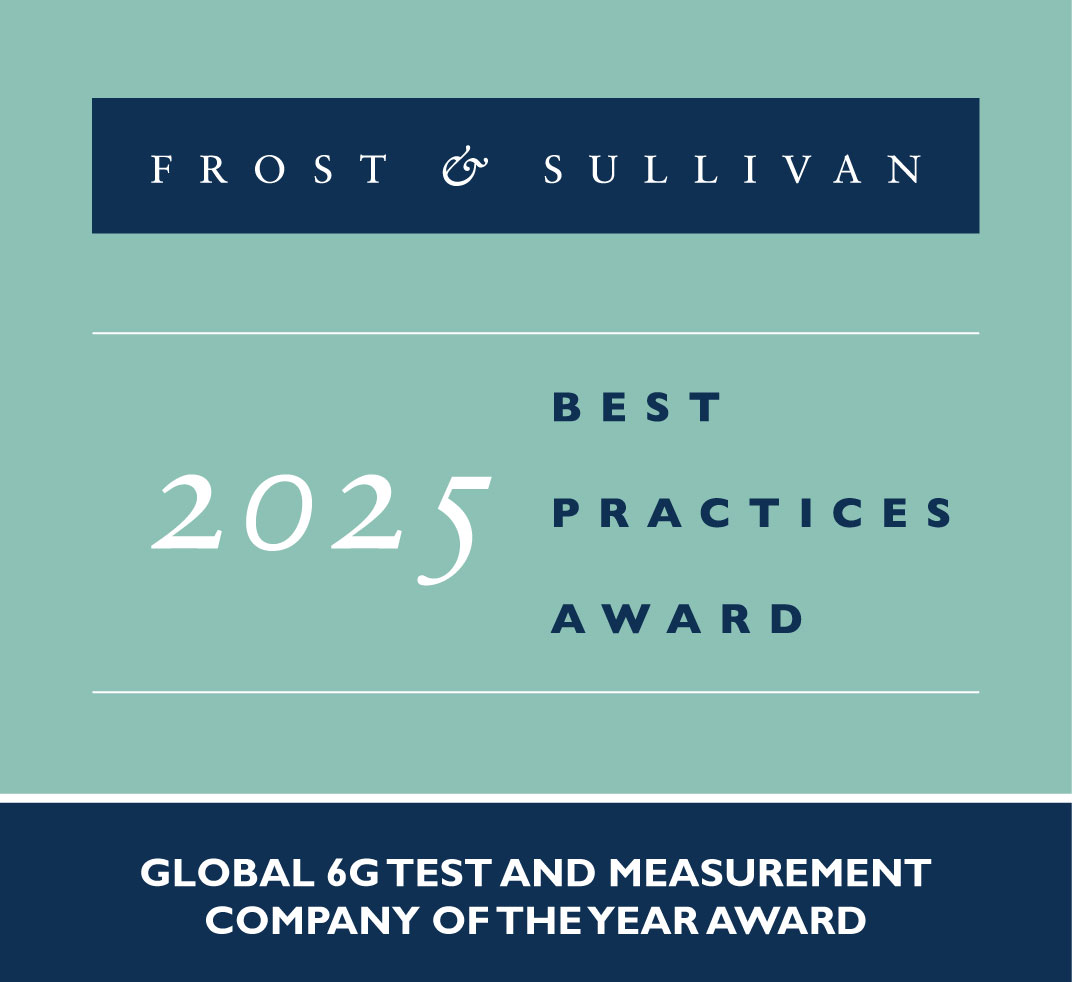Spending in the healthcare sector is growing at a rapid pace in comparison to other industry sectors, and it is imperative for each nation to explore new channels to optimize healthcare spending without compromising on the quality of healthcare delivery. This has further led to the evolution of patient monitoring. The adoption of wearable wireless sensors in the personal health monitoring market is gaining traction in the US and global markets. Nowadays people are becoming more conscious about their health and showing more interest toward health and fitness. Such wearable, wireless health systems enable more cost-effective, ubiquitous, yet more personalized monitoring, eliminating the need of unnecessary hospitalizations. Consequently, such vital signs monitoring systems will reduce the healthcare costs by enhancing the quality of life with better disease management. Conventional methods of vital signs monitoring which make use of wearable sensors are unable to provide reliability, data accuracy, and privacy and security of the individuals. Moreover, such wearable devices can be inconvenient and uncomfortable for individuals, as contact with the skin is required.
Could Oxehealth Technology be a Game Changer in Digital Health Space?
Founded in 2012, Oxehealth is a biomedical software development company, spun-out from the University of Oxford and Oxford University Hospitals NHS Trust. This early-stage company is backed by blue chip investors, including IP Group, and the Wellcome Trust. The future seems promising with the revolutionary game-changing technology from Oxehealth which is enabling in continuous, medical-grade, contact-free vital signs monitoring through low-cost digital video camera sensors. Oxehealth boasts of an expert team with cutting-edge clinical expertise and profound science knowledge, which is focused on the continuing disruptive innovation of its Oxecam technology. This technology turns cameras into health monitors to deliver vital care in both clinical and non-clinical settings. The company uses a range of software products with embedded intelligent algorithms which combine three key attributes: complex signal processing to provide ubiquitous non-contact vital signs monitoring, machine learning, and delivering personalized healthcare models. These vital signs monitoring algorithms were clinically validated at the Oxford Kidney Unit and the Neonatal Intensive Care Unit, John Radcliffe Hospital. Oxecam algorithms allow for improved, real-time monitoring of an individual’s key physiological parameters, as well as more efficient healthcare by enabling remote monitoring of patient health. These algorithms will monitor the patient’s movement and breathing rates, heart rate, and other parameters that can be measured to assess the patient’s wellbeing and mood. Oxecam technology also works in the dark, using invisible infra-red illumination, so patients can sleep undisturbed. The video is processed inside the camera and the vital sign readings are transmitted to the central monitoring stations. The healthcare staff is alerted via alarm system if there are any changes in the patient’s vital signs.
Promising Applications and A Billion Dollar Opportunity
Promising applications for Oxecam could include the evaluation of the condition of high risk detainees with safer health monitoring in secure rooms, improving patient care in hospitals, home-health monitoring, and monitoring the health of babies. Oxehealth provides customized solutions directly to its end-user partner organizations in the mental health, police, and the prison service sectors. The company has secured funding to monitor patient well-being in other contexts including secure hospitals, neonatal intensive care units, dialysis units, and post-operative wards. Oxecam’ innovative business model is iterative to suit wide range of industry partners. In future, Oxecam’ focus will be on telemedicine (two-way video to evaluate, diagnose, and treat patients remotely). The company plans to significantly invest in research to expand the range of vital signs including blood oxygenation, blood pressure, and temperature measurements in monitoring algorithms. Currently, Oxhealth has a special focus on monitoring SpO2 (patented technology) and seizure detection. Oxehealth anticipates a CE mark for Oxecam in late 2016, and the commercialization of this product is expected to come to fruition in the late 2016 or early 2017. The company also expects to get U.S. Food and Drug Administration (FDA) clearance by 2017. Obtaining CE mark and FDA approval will help widen its acceptance in the medical sphere. Continuous monitoring of patient vital signs as well as movement can allow for key benefits, such as improved care and well-being, improved patient safety, earlier detection of patient deterioration, and reduced fatalities. This comes at a crucial time when the healthcare sector is looking toward digital health transformation to provide better experience for patients, improve clinical outcomes, deliver personalized care, and reduce the rising healthcare costs. Oxecam showed further advantages over conventional monitoring devices eliminating the current challenges. Based on aforementioned factors, it is clear that Oxecam’s contact-free, continuous, medical grade camera based vital signs monitoring will become a significant platform for healthcare monitoring including home-health. If proven successful, the Oxehealth’ Oxecam technology could be a true game-changer in the era of digital, data driven healthcare.




